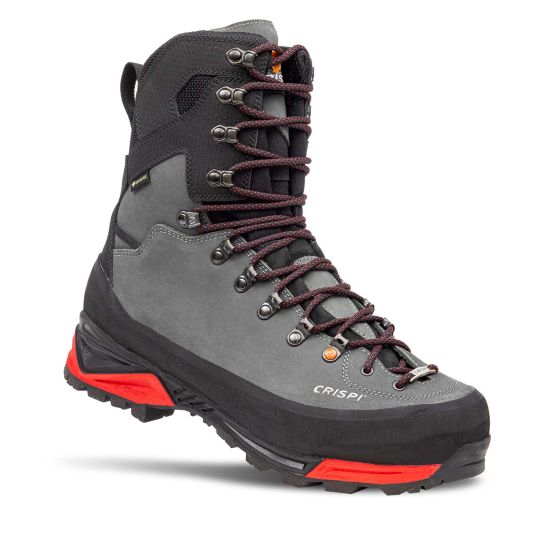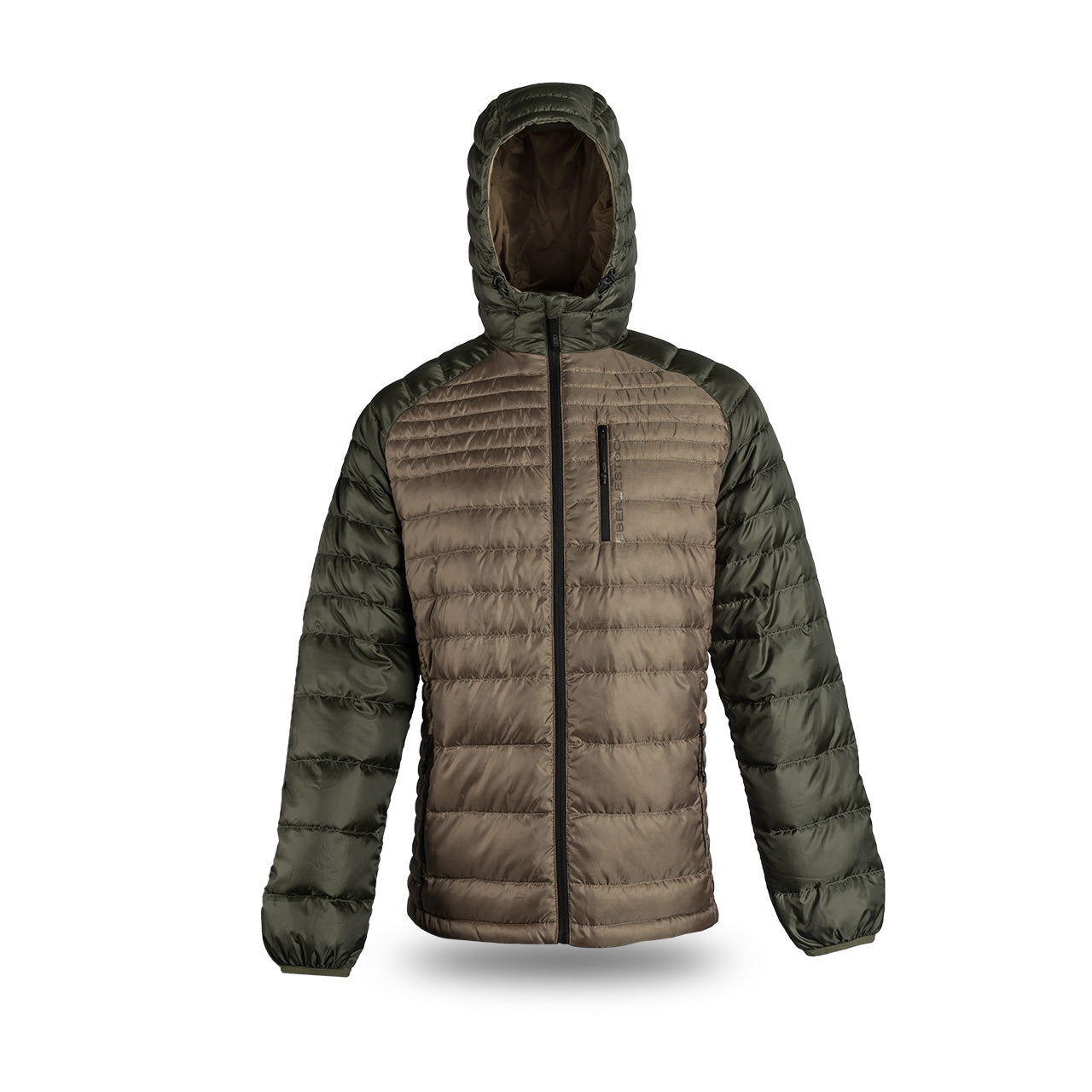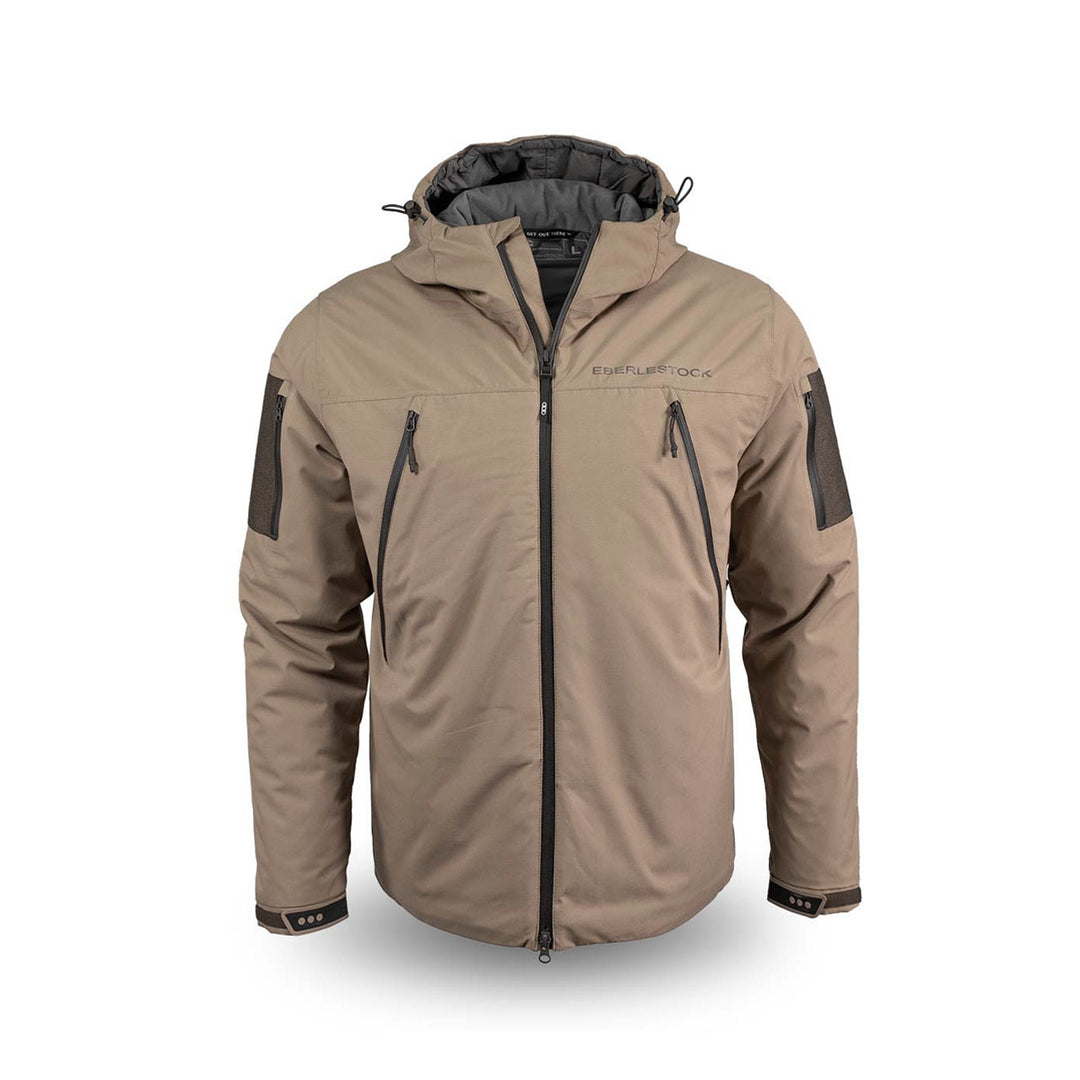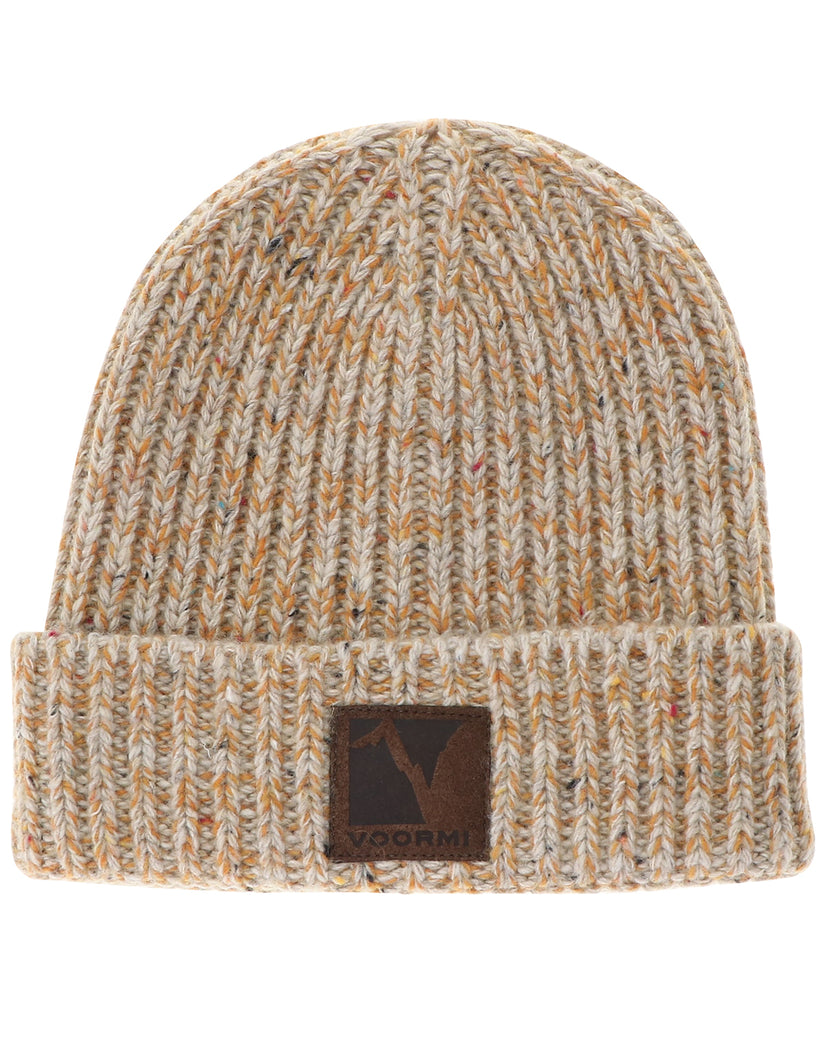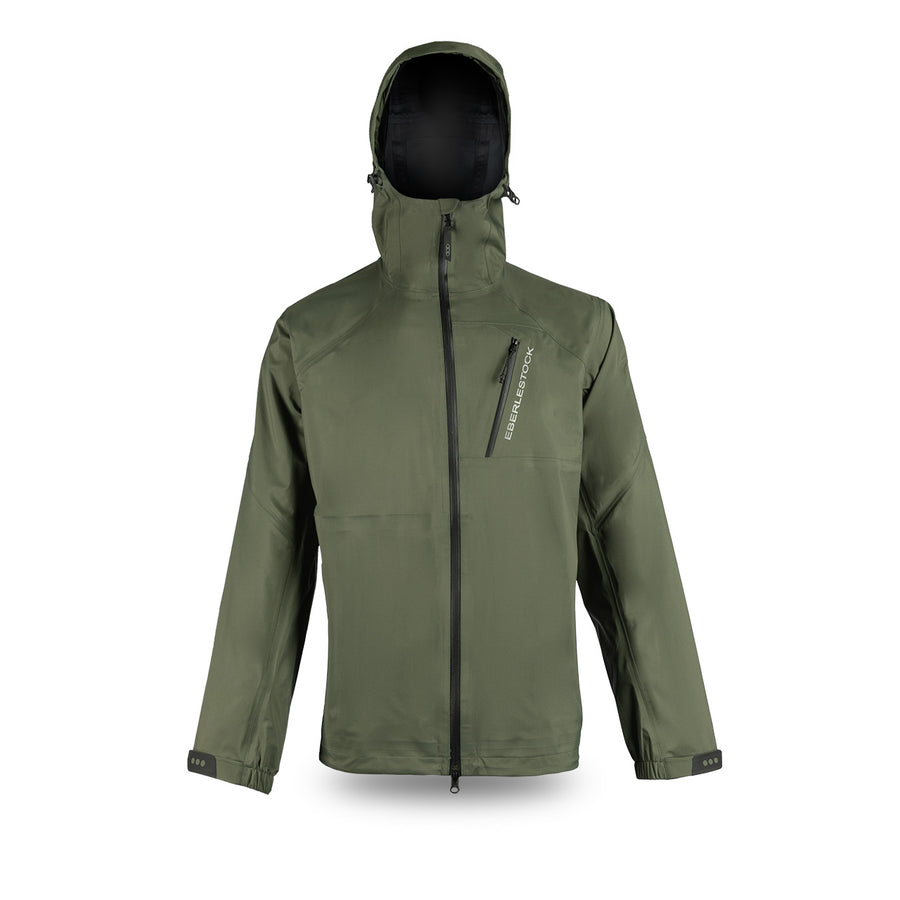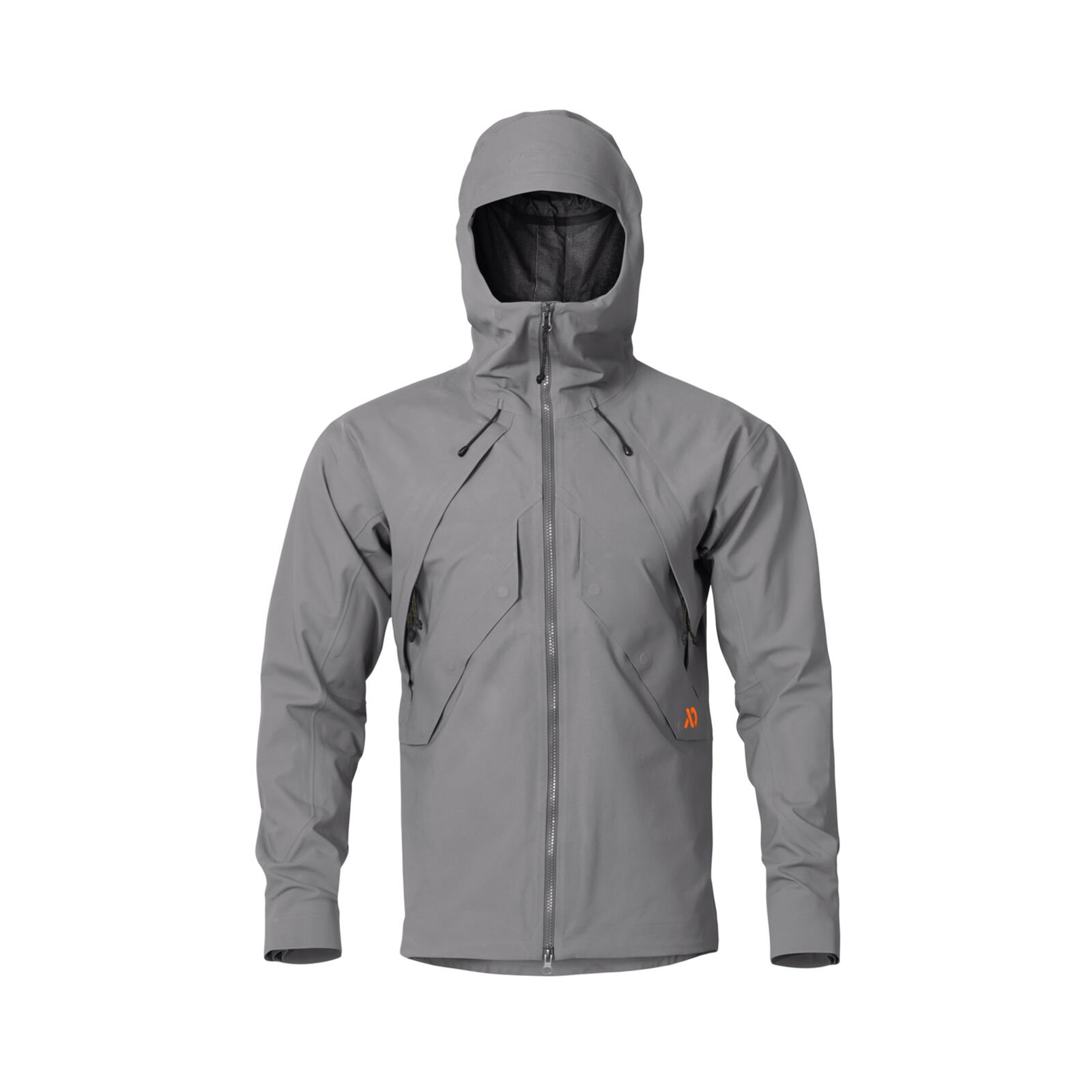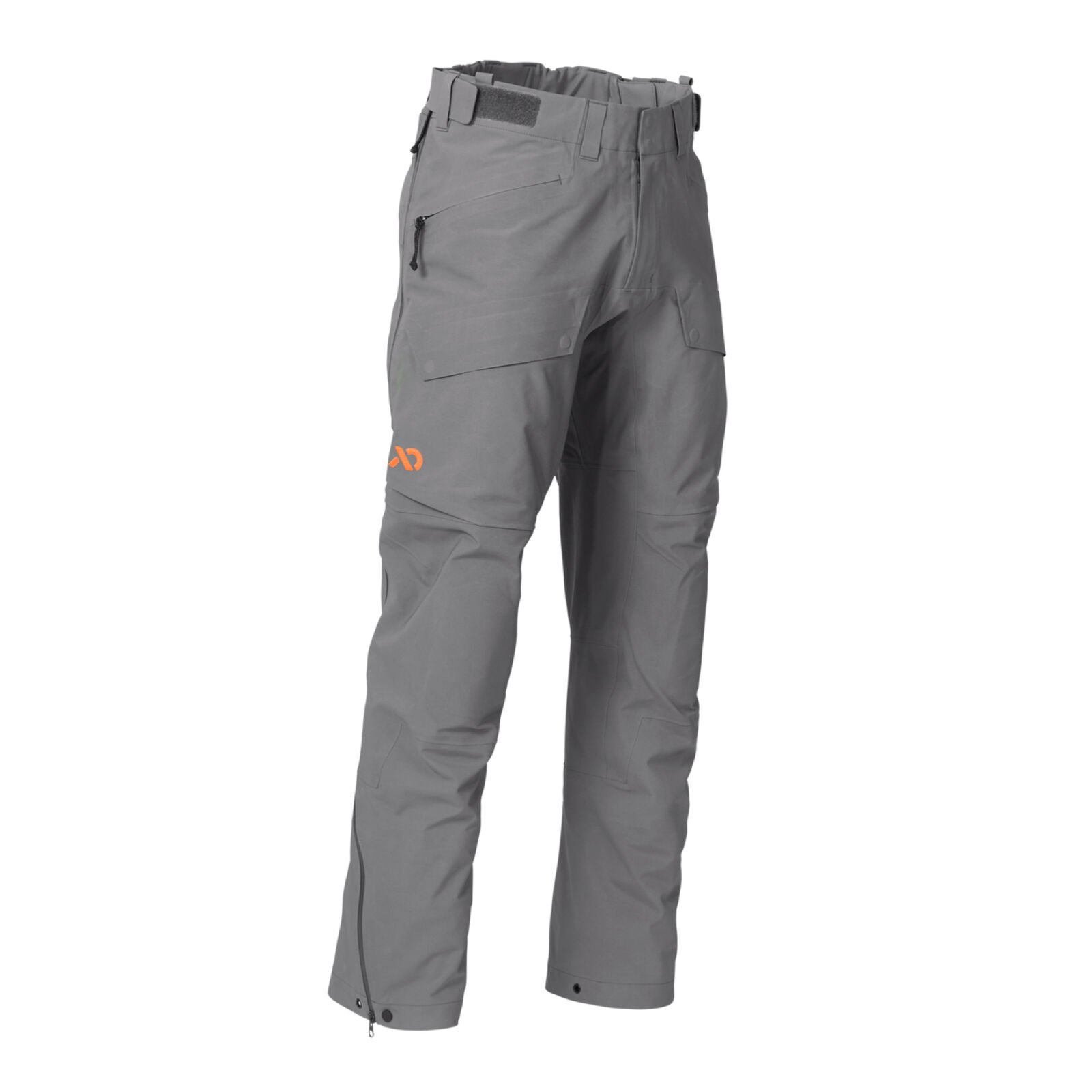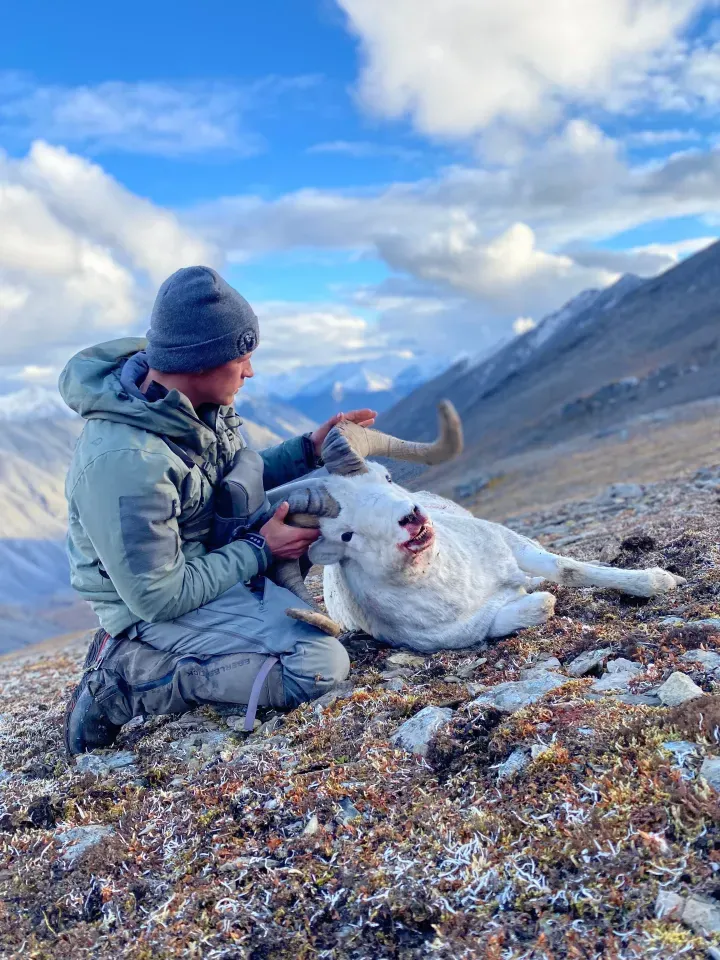
Dall Sheep Hunting in the Brooks Range, Alaska
Hunting Dall Sheep can be the greatest experience of your life or the worst, depending on how you prep for it. Having the right gear is paramount to having a successful trip and experience. Here is my suggestion of gear in the field. I've been a guide since I was 19 and have learned more than just a few things about being prepared in Alaska after logging more than 2 years sleeping in a tent up there. And with hunting as in life, we often only have one shot at success so it's best to be as prepared physically, mentally and with your gear. I hope you find this list to be useful. If you have any suggestions or questions, message me on my Guidefitter chat and I'll get back to you as soon as I can.
May contain sponsored links*Rifle & Ammo
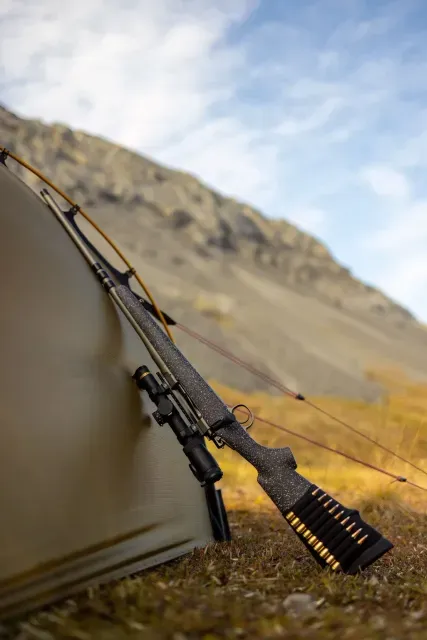
Rifle
Above everything we recommend a gun that you are familiar with. One that you trust and like. We recommend a scoped light weight, bolt action rifle that is stainless with a synthetic stock or carbon stock. The complete rifle with scope should ideally weigh less than 6-9lbs. If you are looking for a good excuse to buy a custom sheep rifle this is the time! Minimum caliber is .7mm for the sheep, but keep in mind this is grizzly bear country - up in the Brooks Range above the Arctic Circle - where the salmon run doesn't reach. So the bears, hungrier, more aggressive, and more likely to charge. Your guide will always have your back, but I highly recommend a 30 caliber rifle!. I personally at this time use a 300 win mag.
I recommend the Nosler 21 and 48. Another great choices is the Scoute Mountain Standard.
Scopes
I recommend the Leupold VX-6HD 3-18 x 50 with the Illuminated TOMA reticle. It is a solid and proven scope that I've used for several years with total time in the field of approx. 20 months. Highly recommended.
Ammo
There are a lot of choices in high quality ammo out there. It all comes down to what shoots best in your rifle. Spend the time and put plenty of rounds downrange before coming on your hunt.
I personally use Nosler Accubond. Another great option is the Hornady Precision ELD-X
I recommend staying away from solid copper bullets, because the bullet often passes right through the animal. We want every foot-pound of pressure going toward making a solid, ethical kill.
Shooting Advice
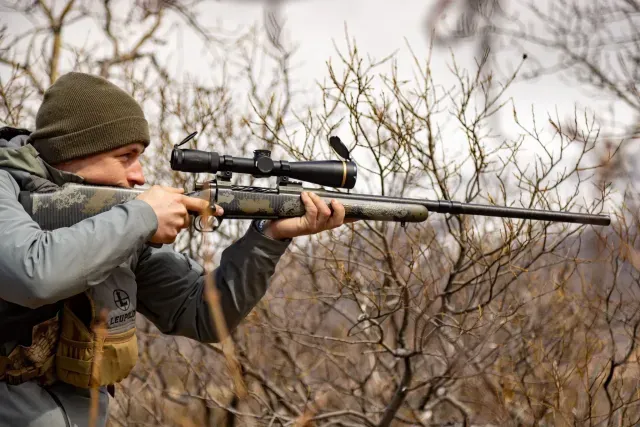
Most shots are less than 300 yards laying in the prone position. However hunters should be prepared to take 800 yard shots if needed. You also need to be prepared to shoot off of natural rock outcropping. A very doable shot these days. Your guide will do the best he can to help get you where you need to be to make a clean kill with confidence. Your rifle should be zeroed in at 200yds.
Also I recommend taking shooting courses to prepare for your hunt. Here is a course I recommend:
Binos & Spotting Scope
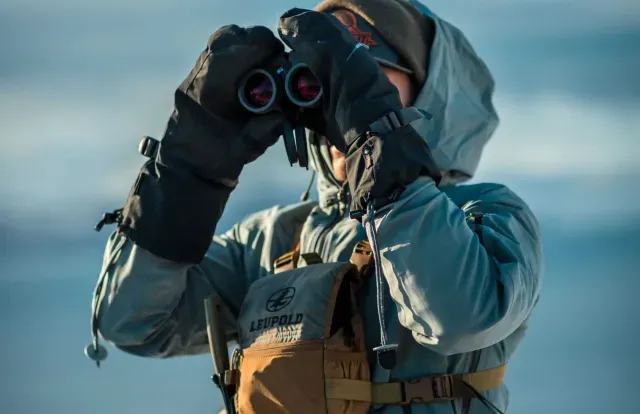
Binoculars
High quality binoculars are well worth the investment and they will last a lifetime. I have and continue to use my 10x42. From a glassing perspective, some people think you want a 15x - but as soon as the wind blows, you start to shake, and as soon as you find an animal with your binos, you switch to your spotting scope anyways. The 10x42 is small and compact enough to move more freely and easily and has plenty of power for this hunt.
I recommend the Leupold 10x42 Santiam HD - it's a solid pair of 10x42's for the price. Very durable, and Leupold has been a supplier to the military for years, so they understand durability and quality. However, this bino doesn't yet have a built-in range-finder, so you might also consider some of the alternative recommendations below from Leica and Swaro with built-in range finders. I've used these before and so have plenty of my clients.
Spotting Scope
Most of my clients don't bring their own spotting scope with them, but if you want to get completely tricked out with solid optics of your own on this hunt, I personally use the Leupold SX-5 SANTIAM HD 27-55X80MM ANGLED scope. I've used it in the field quite a bit and it's never let me down.
Footwear
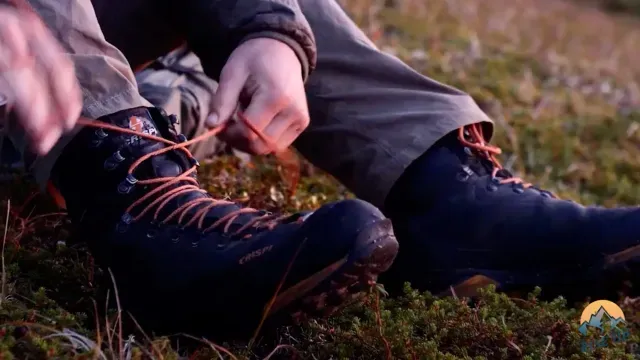
Boots
Out of all your gear your boots are the most important part of the kit. Keep your feet healthy and in good shape, and you'll be rock solid for the walking and climbing this hunt typically requires. This requires not just a boot but a system for your feet and the boot is one part of the system. The other parts of the system are insoles, socks, gaiters and camp shoes. Your feet should have natural calluses left alone and trimmed nails. When selecting parts of this system go off of your personal history on other hunts. There is no need to experiment on a sheep hunt.
Your boots should be 6"-10" high for this type of hunt. Keeping your feet dry is very important so make sure your boots are in good shape. They should be broken in and well oiled. I recommend putting them on wet and wearing them dry and this will allow them to stretch and shrink to fit your foot.
I personally like the Lathrop & Sons, but Crispi, Kenetrek and Zamberlin also make great boots.
Hip Waders
Hip boots are optional. They are needed more on Caribou and Grizzly hunts where the creeks are larger and more river crossings.
Socks
Any solid pair of stretchy or merino wool socks, such as Kenetrek's Alaska Super Heavyweight or Darn Tough will do. Just don't bring cotton socks!
Quantity: 5 pair
Sock Liners
Sock liners are optional. They reduce friction causing hot spots and blisters. They are lightweight and fit in a sandwich Ziploc bag. Great insurance if you have had a history with blisters and hot spots.
Quantity: 3 pair
Gaiters
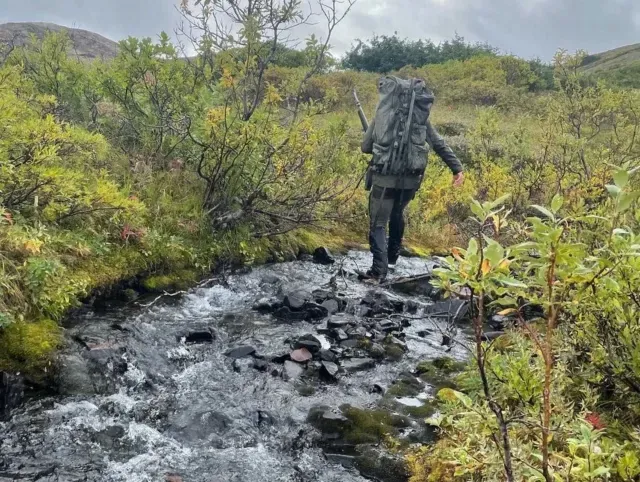
Gaiters seal between your pants and boots keeping out unwanted water while crossing braided rivers and low wet vegetation with snow. I recommend Kenetrek or Outdoor Research Gaiters.
Quantity: 1 pair
Camp Shoes
Remember you may wear your camp shoes as much as your hunting boots. They will give your feet a break after hiking and be easy to slip on around camp. They may be used on river crossing or as approach shoes on the stalk.
Crocs or anything that's easy to slip on and waterproof or dries out quickly. I personally wear Crocs with a slightly more aggressive sole for some added traction. Gator Waders has a nice booty-type slip on as well.
Frame Pack
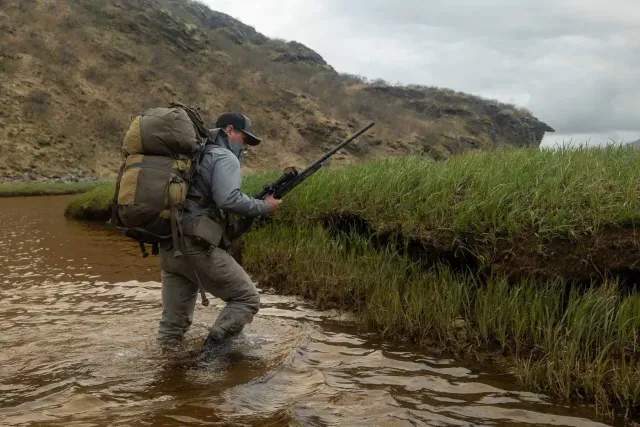
A quality pack is almost as important as your boots you pick and should be around the same financial investment. The pack should be a large expedition style pack that offers great support when loaded and be quite comfortable with 50 lbs of gear. Your pack should be at least a 5K - 6K cubic inch allowing enough room to carry bulk lightweight gear; sleeping pad, sleeping bag, clothes, food and a one man tent. There is some truth to the thinking of if I have a huge pack I will just end up carrying more stuff. One of the reasons you will need a bigger pack is when you shoot your sheep you will need to carry all of your personal gear and some of your guides personal gear that is light and bulky to free up room in his pack so he can carry the sheep off the mountain.
The question when looking for a pack is internal frame or external frame packs. External frames offer great support with large bulky loads. There are some great internal frame packs out there and they are lighter and less bulky.
I personally use the Eberlestock Vapor 7500 that folds out to about 10K cubic, but I recommend the slightly smaller pack for my clients - the Vapor 5000.
Sleeping Bag
We recommend lightweight, compressible synthetic bag rated for 15F-20F. If you sleep cold and are coming in later August you might consider a colder rating. Your bag should weigh under 5lbs and be compressed in a small waterproof compression bag.
I'm a huge fan of the Big Agnes Star Fire UL Sleeping Bag if you can afford it: 0F Down is the way to go for staying warm when the weather rolls in fast, and you can find yourself in sub-zero temps with a fresh layer of snow. If the weather turns warmer, no worries - you can always lay right on top of your bag.
Clothing
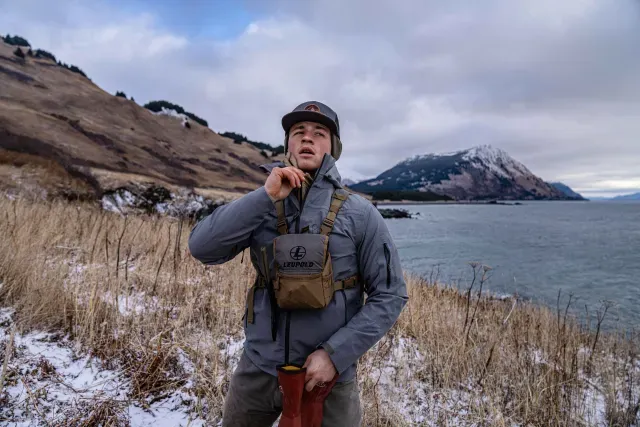
Your clothing will be worn in layers with rarely more than three layers worn at any one time. Each layer will increase in insulation and can be covered with a shell/waterproof layer. You should have one extra base layer to wear while one base layer can dry. There will be one layer of insulation that is kept handy on top of your pack to put on while glassing. This is also your survival gear and should be kept dry and on you at all times.
Upper Body
Mosquito Head Net
Sometimes, mosquitos can get pretty bad and we can handle some of the deterrent with deet, but that won't completely do the trick. One of the reasons caribou keep moving all the time in Alaska is because of the mosquitos! So - the mosquito net is a super important piece of gear for the hunt - it's an absolute must have. And in fact, it may be good to bring a backup! I always carry two mosquito nets for this sheep hunt.
Lightweight Long John Top
This is your base layer and you will wear it all the time.
Mid-weight Long John Top
This layer fits over your lighter base layer and is a secondary base layer for colder temperatures.
Midweight Heavy Putty
T-Shirts
Nice to wear around camp or hiking on warm days. This should be your only article of cotton clothes.
Lower Body
Lightweight Long John Bottoms
Mid-weight Long John Bottoms
Hiking Pants
This layer is your basic pant that you will wear every day. This pant should be quick dry flexible fabric that breathes with pockets.

Shorts
Shorts are optional. Your shorts should be a quick dry swim trunk material.

Insulating Pants
This pant should have full length leg zippers to put on over your boots.

Underwear
I recommend bringing 2-4 pair of merino / wool underwear. Duckworth makes awesome briefs made from wool from sheep that graze in Montana.
Head & Hands
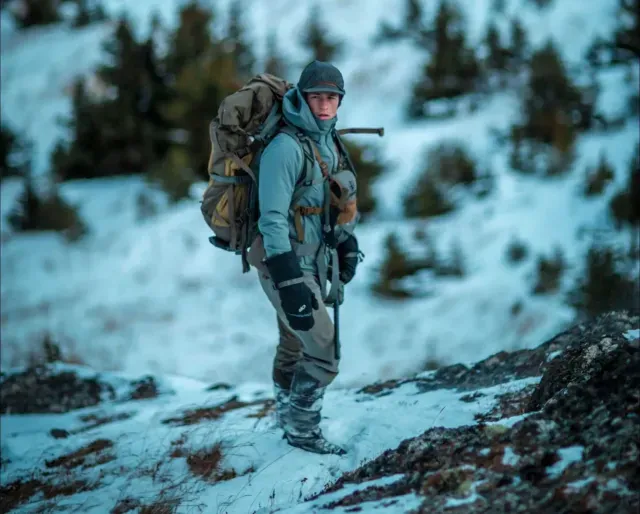
Sometimes you need lightweight and sometimes you need heavyweight gloves. When you're hiking and your body temps get up - you're going to want some lightweight hand protection and sturdy - like a work glove with some padding to protect against the sharp brush and shale / loose rock or scree. But then when you are more stationary or when the temps really plummet, you're going to want more insulation on your hands, so a heavyweight pair of gloves is also a must have in your kit.
Lightweight Gloves
Brimmed Hat
Great for keeping the sun out of your eyes on long glassing days.
Headlamp & Extra Batteries
When it comes to head lamps, I do see the appeal of rechargeable headlamps, but when you're out in the backcountry I'd rather have a few sets of spare batteries I can rely on and that makes it easier. I like either the Petzel Tikka XP or the Black Diamond Storm 400.
Rain Gear
Notice I have the rain gear separated from the normal clothes with the important gear. Your rain gear should be lightweight and packable. Your rain gear needs to be completely waterproof not weather resistant. This is your shell layer and shouldn't be insulated and should be oversized to fit over other layers.
For rain gear, as well as all other clothing on this, and many other big game hunts, I recommend getting solid colors vs. camo. With the exception of some turkey hunts or MAYBE some archery hunts, I don't believe camo makes a difference. I've killed plenty of animals up close wearing jeans.
Many people use rainpaints to try to stay dry, but in my experience the rain pants typically have lots of leaky spots with their seams. With the rafting pant, they have a neoprene cuff that hugs your ankle and that you can flip down over your boot, forming a waterproof seal. And then on top of all of that, I'll put my gaiters to truly keep the water out of my boots. This creates several layers of waterproof protection, but the downside could be that your feet get really hot. So the rule of thumb sometimes when sheep hunting is glass for 10 min, walk for 10 min….or however long you walk, take that much time to glass and that should help keep your feet in good shape.
Accessories
Knife

Knives are an important part of your kit, but when it comes to knives for field dressing animals, typically your guide will have you covered. I carry two knives on me at all times - the Havalon Piranta 60a and the Speedgoat by Montana Knife Company. If I was only going to carry one knife on this hunt, it would be the Havalon along with some extra blades.

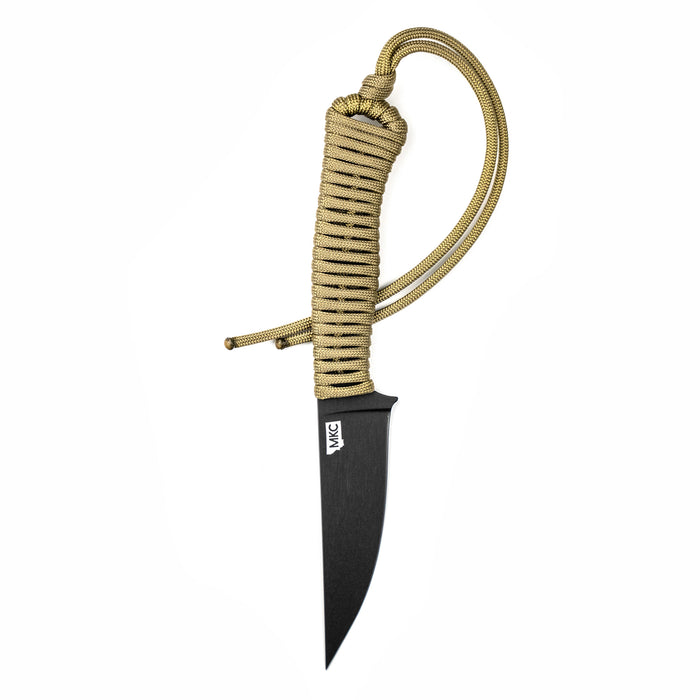
Trekking Pole
I like to use one pole allowing one free hand for climbing. They are nice for crossing creeks and steading yourself on the mountain.

Sunglasses
Definitely bring a solid pair of sunglasses that are comfortable to wear for hours, perhaps most of the day.
Water Bottle

Lightweight Dry Bags
Dry bags are nice to keep clothes organized and dry. I recommend the Cirrus ultralight dry bags from Eberlestock.
Camera with Extra Batteries
Battery life is short in cold weather and it is well worth carrying an extra battery. I would recommend a small pelican case for your camera that is waterproof but a Ziplock will work.
Food & Drinks
Snacks
2-4lbs of favorite snacks. Little comfort goes a long way.
Drinks
Item is Optional
If you like certain drinks, for instance coffee/hot chocolate/tea/energy or alcohol. Small comforts go a long way in the field. Just don't bring a heavy glass jug. Weight matters!
Safety
Global Rescue / Travel Insurance
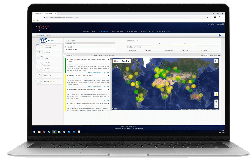
Satellite Communicator
Being able to tell your friends/family/loved ones that you're safe and share your location can help people feel at ease when you're off the grid. A good sat communicator can also be your SOS button if you ever get into a tough situation and need rescued. I've used Zoleo in Alaska and it's very easy to text people using your phone, but through the Iridium satellite network - anywhere in the world. Super weatherproof as well.
Medications
Bring extra medication if needed to allow for extra days due to weather. I also recommend bringing extra Ibuprofen/Tylenol.
Miscellaneous
Book or Kindle
Nice for bad weather days (yes it happens!) or while waiting on planes.
Extra Eyeglasses or Contacts
Cash
Extra cash for traveling, trophy fees and guide gratuities. One question I get asked all the time is, "What's the standard guide tip?" Industry standard is about 10%.
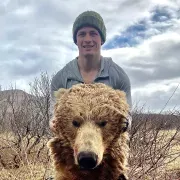
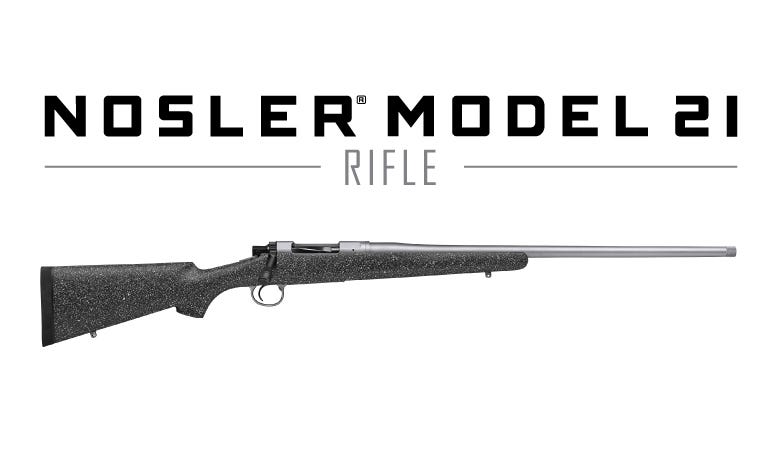


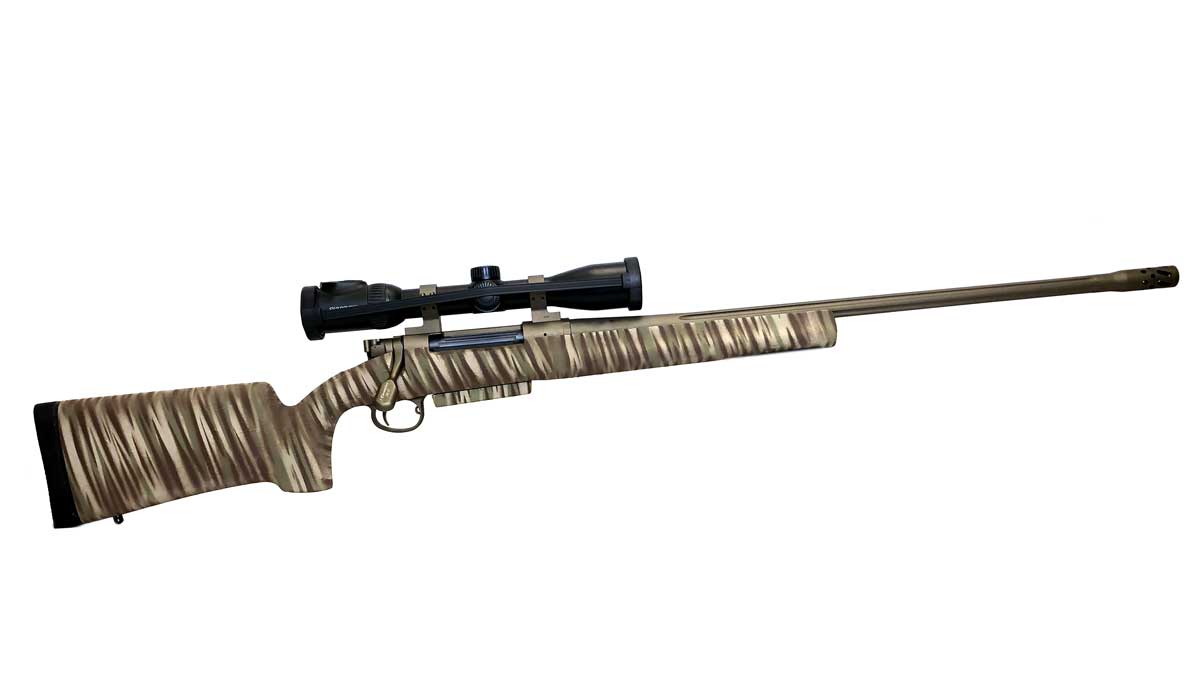
))/2989296.json)


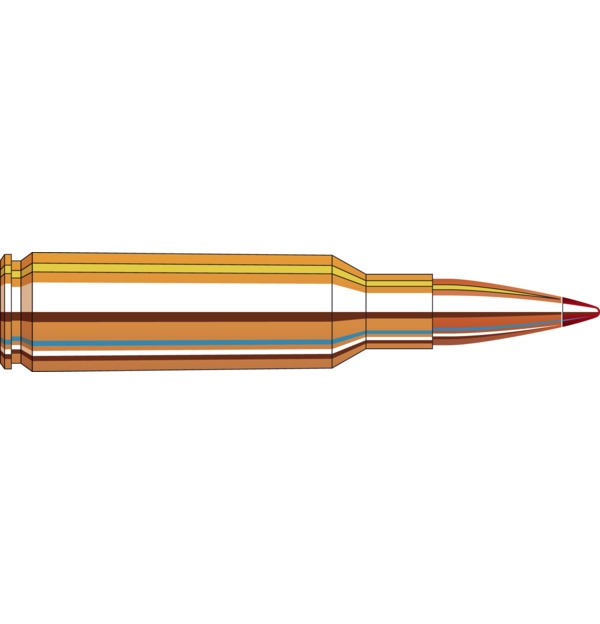


))/3030642.json)




